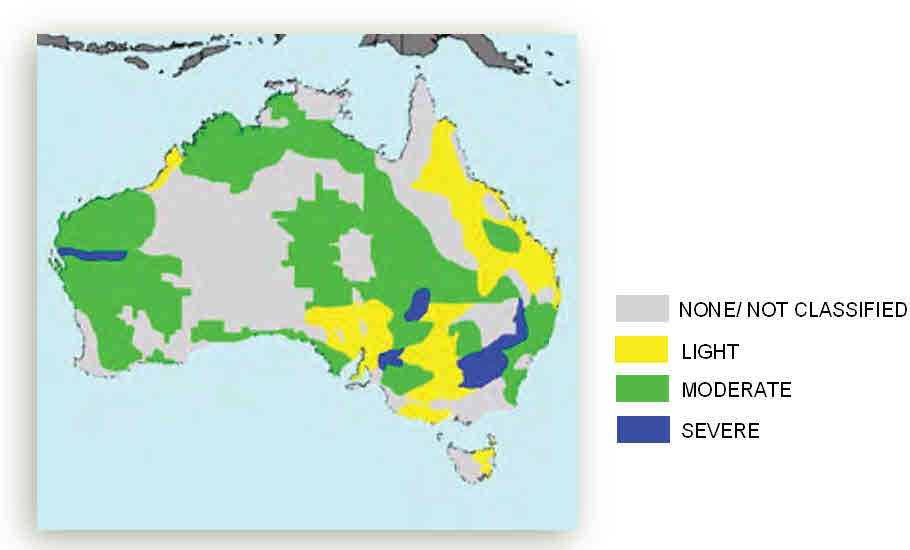Benefits of Bio-agriculture
Restores Degraded Land
 Bio-agricultural farming methods have been proven to halt and reverse soil erosion. In October 2007, the Global Environment Outlook GEO4 of the United Nations Environment Program, reported that: ”Unsustainable land use is causing degradation, a threat as serious as climate change and biodiversity loss. It affects up to a third of the world’s people, through pollution, soil erosion, nutrient depletion, water scarcity, salinity and disruption of biological cycles.” Bio-agricultural farming methods have been proven to halt and reverse soil erosion. In October 2007, the Global Environment Outlook GEO4 of the United Nations Environment Program, reported that: ”Unsustainable land use is causing degradation, a threat as serious as climate change and biodiversity loss. It affects up to a third of the world’s people, through pollution, soil erosion, nutrient depletion, water scarcity, salinity and disruption of biological cycles.”
If unsustainable chemical farming continues at the present rate, the one third of the world’s agricultural land that is already seriously degraded, will increase by a further 40 million hectares by 2050. By then the world’s population will have reached more than 9 billion. Bio-Agricultural farming, especially biodynamic methods, show dramatic soil improvements on dryland soils and on degraded and desertified land.
If unsustainable chemical farming continues at the present rate, by 2050 the one third of the world’s agricultural land that is already seriously degraded, will increase by a further 40 million hectares
In Egypt, biodynamic agriculture has been extremely successful in reclaiming desert land for food and cotton production. With the cooperation of the government, the use of chemical fertilisers has been stopped and most of Egyptian cotton production, (over 10,000 sq kms) has been converted to organic methods. This conversion, initiated by the SEKEM project, resulted in a reduction in the use of synthetic pesticides in Egypt by over 90% and an increase in the average yield of raw cotton of nearly 30%.
In Australia, 100 million hectares, or 22% of agricultural land, is affected by light, moderate or severe land degradation. Fully degraded land is estimated at 11 million hectares, or about 2.3% of all agricultural land. (UN-FAO) If things continue unchanged, in 50 years the loss of land will cost $30 billion and the loss of production a further $24 billion.

The Severity of Human Induced Land Degradation - Australia
The Cost of Land Degradation for the World
The following graph is taken from the downloadable climate change calculator. It illustrates the cost in lost land for the world of continuing present farming practices (BAU) and the land-regeneration benefits that bio-gariculture can bring (dark green) Most significant is the large gain in yeilds (light green) achieved through bringing restored land back into production.

|
